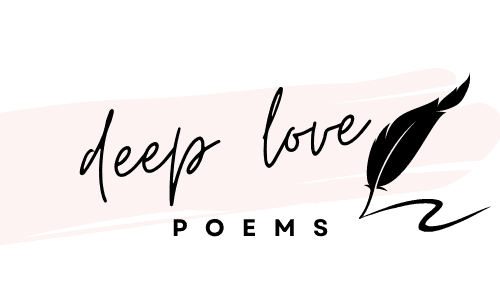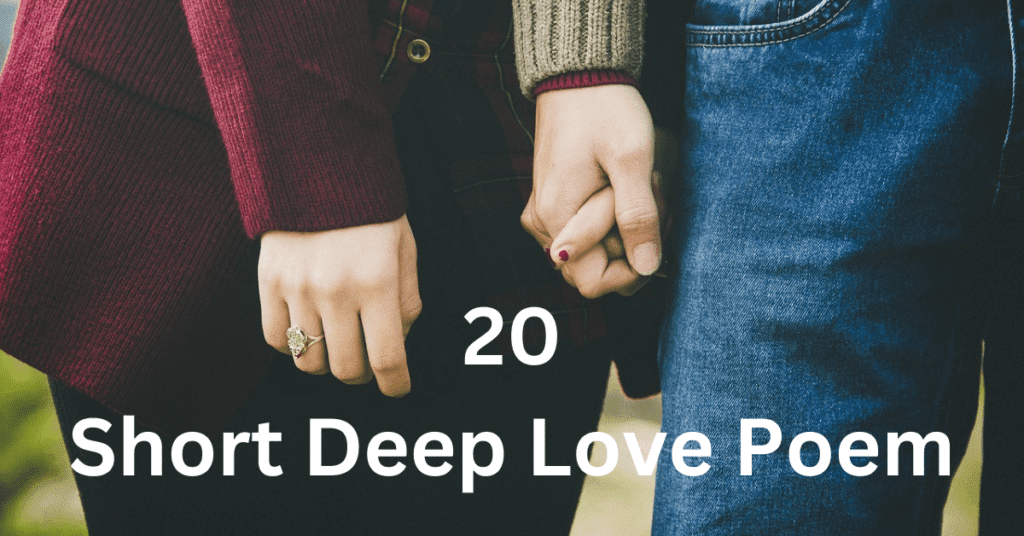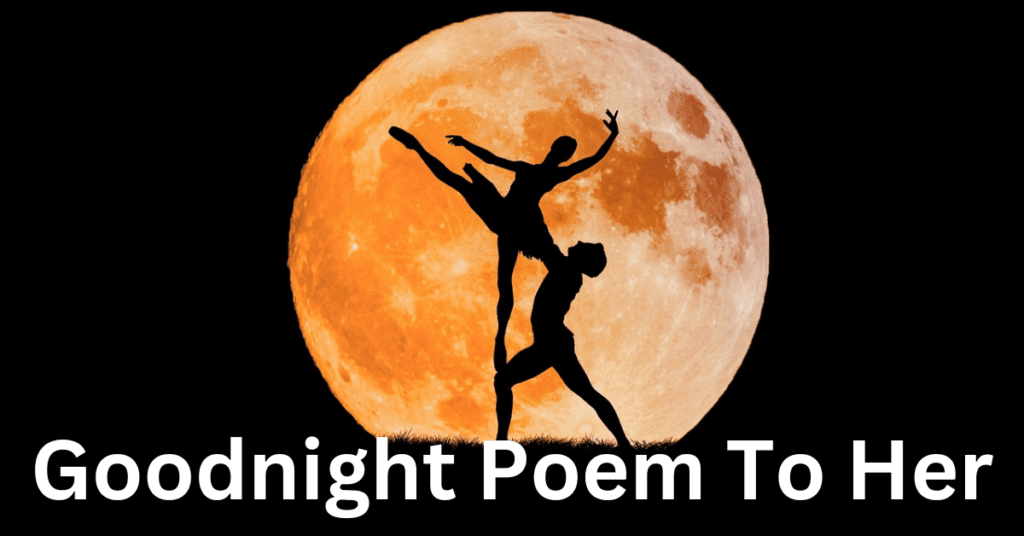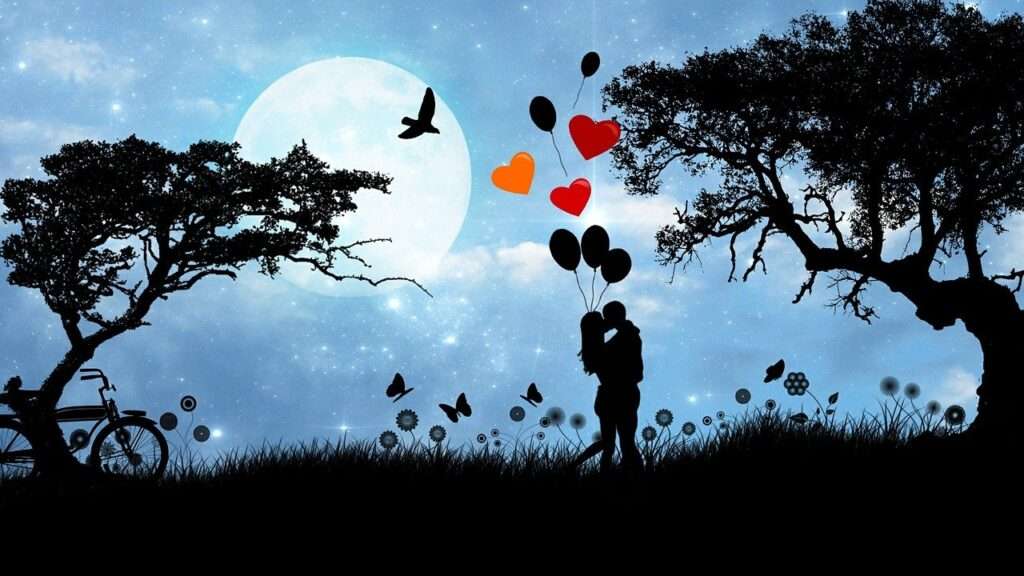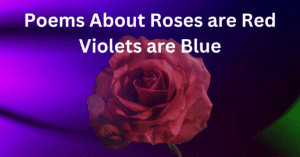
Poems Fire And Ice
Table of Contents
1- What is the main idea of the poem?
2-What is the meaning behind the fire and ice poem?
3-What kind of poem is Fire and Ice?
4- What is the irony in the poem Fire and Ice?
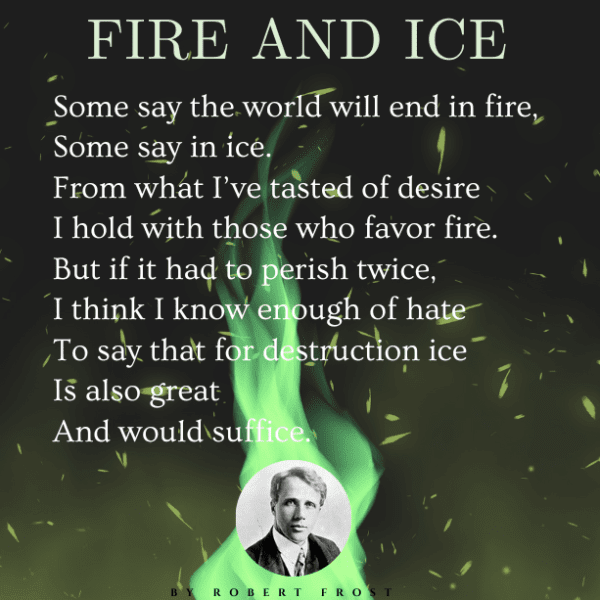
Robert Frost’s poem “Fire and Ice” is a classic example of his poetic technique of using vivid imagery and metaphors to explore human emotions.
1 – What is the main idea of the poem?
The poem “Fire and Ice” by Robert Frost is a powerful poem that speaks to the human condition and the choices we make in life. The poem is written in a simple, straightforward style that is easy to understand. The poem begins with the line, “Some say the world will end in fire,” which immediately sets up the dichotomy of fire and ice.
Frost then goes on to describe the two elements, fire and ice, and how they can both destroy the world. He suggests that fire is an intense emotion, such as love or hate, and ice is a more subtle emotion, like indifference or apathy. Frost then poses the question of which will ultimately lead to the world’s destruction. The poem speaks to the power of emotion and how it can shape and destroy the world around us. Frost highlights the importance of making choices and the consequences of those choices.
He also warns us not to be too apathetic or too passionate, as either can lead to destruction. The poem encourages us to think critically and to choose carefully which emotions we allow to dictate our lives. Ultimately, this poem serves as a warning to us to be mindful of our choices and the consequences they can lead to.
He concludes that it is ultimately up to us to decide, as only human beings can choose which emotion will result at the end of the world.
“Fire and Ice” is a poem by Robert Frost that explores the destructive power of two opposing forces: fire, which symbolizes passion and desire, and ice, which represents hatred and indifference. The poem consists of nine lines and follows an ABCB rhyme scheme.
In the first line of the poem, Frost asks, “Some say the world will end in fire, / Some say in ice.” This opening line establishes the central theme of the poem and introduces the two conflicting forces that will be discussed throughout. The use of the word “some” suggests that there is disagreement or uncertainty about the cause of the world’s destruction.
The next two lines, “From what I’ve tasted of desire / I hold with those who favor fire,” suggest that the speaker has personal experience with desire and, based on that experience, believes that fire is the more destructive force.
The phrase “tasted of desire” implies that the speaker has experienced the alluring and intoxicating nature of desire and has come to understand its potential to consume and destroy.
In contrast, the adhering to two lines, “However if it needed to die twice,/ I believe I know sufficient of hate/ To say that for damage ice/ Is additionally terrific/ And would suffice,” suggest that the speaker has likewise experienced hate and thinks that it is a harmful force that is equally as powerful as fire. The repetition of the word “perish” emphasizes the destructive nature of both fire and ice.
The last line of the rhyme, “I believe I know enough of love/ To claim that for damage fire/ Is additionally fantastic/ And also would be enough,” suggests that the audio speaker has additionally knowledgeable love and also thinks that it is a devastating pressure that is equally as powerful as fire and ice. The repetition of the phrase “also great / And would suffice” highlights the destructive potential of all three forces: fire, ice, and love.
Overall, “Fire and Ice” is a thought-provoking poem that explores the destructive power of strong emotions and the potential for destruction that lies within all of us. The rhyme scheme and the repetition of certain phrases contribute to the poem’s sense of unity and cohesiveness, while the use of figurative language and imagery helps to convey the themes and ideas presented in the poem.
2- What is the meaning behind the fire and ice poem?
The meaning behind the poem “Fire and Ice” by Robert Frost can be interpreted in a few different ways. One possible interpretation is that the poem is a commentary on the destructive power of strong emotions, particularly passion and desire (represented by fire) and hatred and indifference (represented by ice).
The speaker suggests that either of these forces has the potential to bring about the end of the world and that both are capable of causing great destruction. Another possible interpretation is that the poem is a reflection on the balance of opposing forces in the world and the idea that one cannot exist without the other.
The speaker asks whether the world will end in fire or ice, suggesting that these two forces are in some way interconnected or dependent on each other. This idea is reinforced by the final line of the poem, in which the speaker suggests that love, another strong emotion, is also capable of causing destruction and is just as powerful as fire and ice.
A third possible interpretation is that the poem is a commentary on the human capacity for both destructive and creative actions.
The speaker acknowledges that fire and ice, which can both be destructive forces, are also capable of creating and sustaining life. For example, fire can be used to cook food and provide warmth, while ice can be used to preserve food and create refreshing drinks.
This interpretation suggests that the poem is a reminder of the dual nature of human actions and the potential for both good and harm that exists within us.
3- What kind of poem are Fire and Ice?
“Fire and Ice” by Robert Frost is a lyric poem. A lyric poem is a type of poem that expresses the thoughts, feelings, and emotions of the speaker or narrator. It is often characterized by its musicality, use of figurative language, and focus on personal experience and introspection.
In “Fire and Ice,” the speaker reflects on the destructive power of strong emotions, particularly passion and desire (represented by fire) and hatred and indifference (represented by ice).
The poem employs figurative language, such as the metaphor of fire and ice as destructive forces, to convey the speaker’s thoughts and feelings about these emotions.
The rhyme scheme and repetition of certain phrases also contribute to the poem’s musicality and help to create a sense of unity and cohesiveness. Overall, “Fire and Ice” is a well-crafted lyric poem that effectively conveys the speaker’s thoughts and emotions through the use of figurative language, imagery, and musical elements.
4 – What is the irony in the poem Fire and Ice?
There is no irony in the poem “Fire and Ice” by Robert Frost. The irony is a literary technique in which words or actions are used to convey a meaning that is opposite or opposed to their literal meaning.
In “Fire and Ice,” Frost uses figurative language and imagery to explore the destructive power of strong emotions, particularly passion and desire (represented by fire) and hatred and indifference (represented by ice).
The speaker suggests that either of these forces has the potential to bring about the end of the world and that both are capable of causing great destruction.
There is no ironic element in the poem, as the words and actions used by the speaker are meant to convey the literal meaning of the poem.
